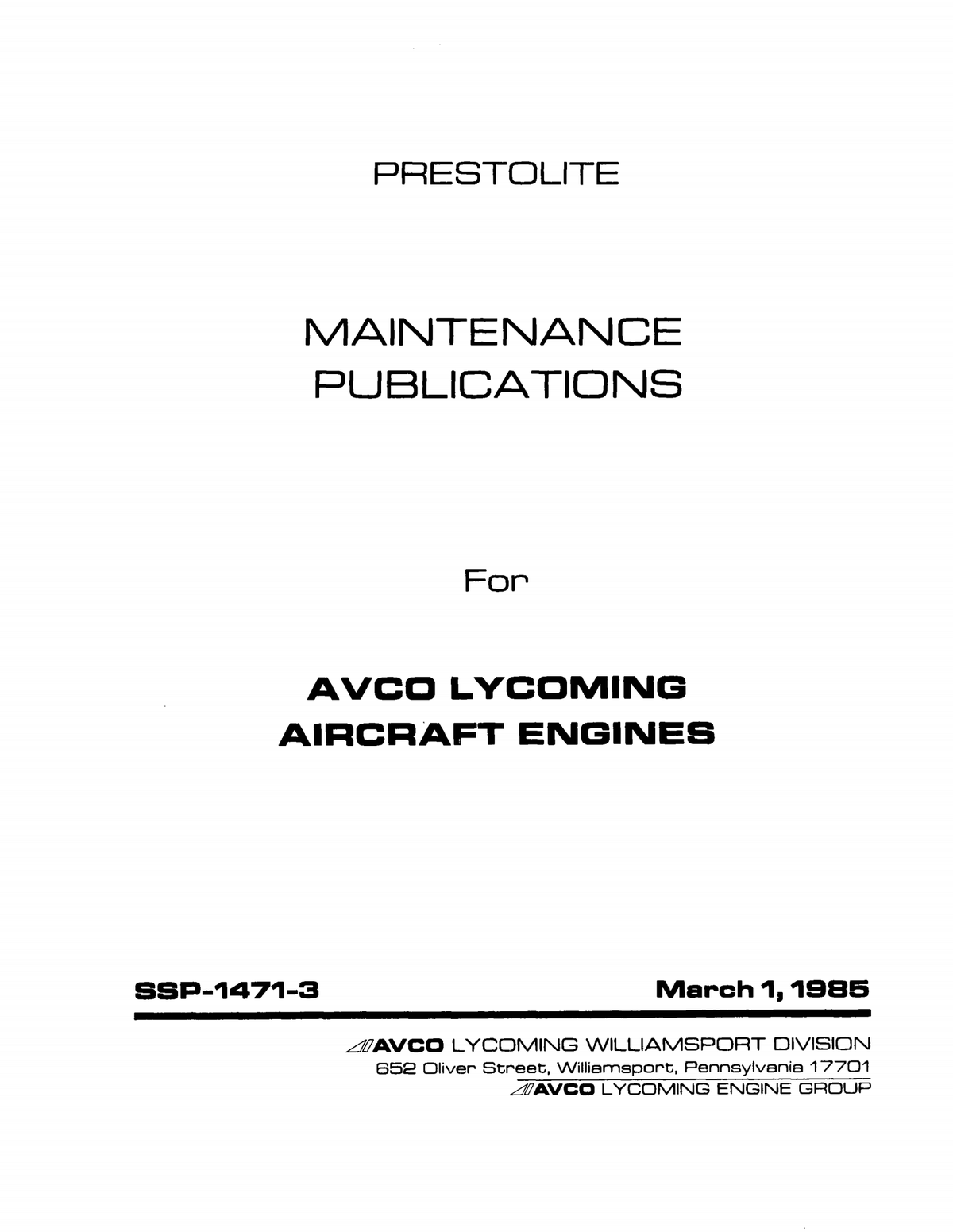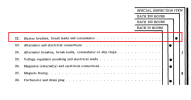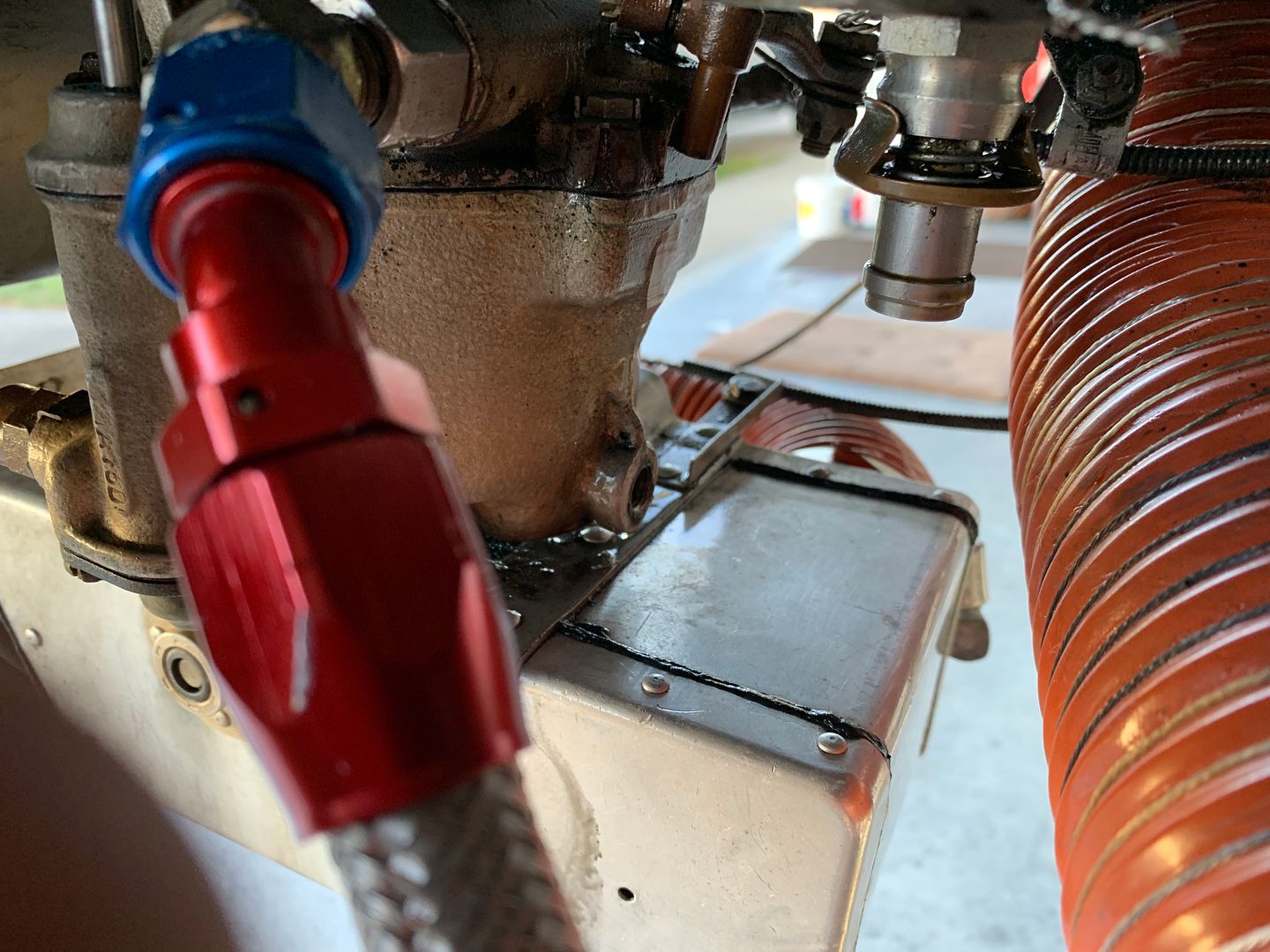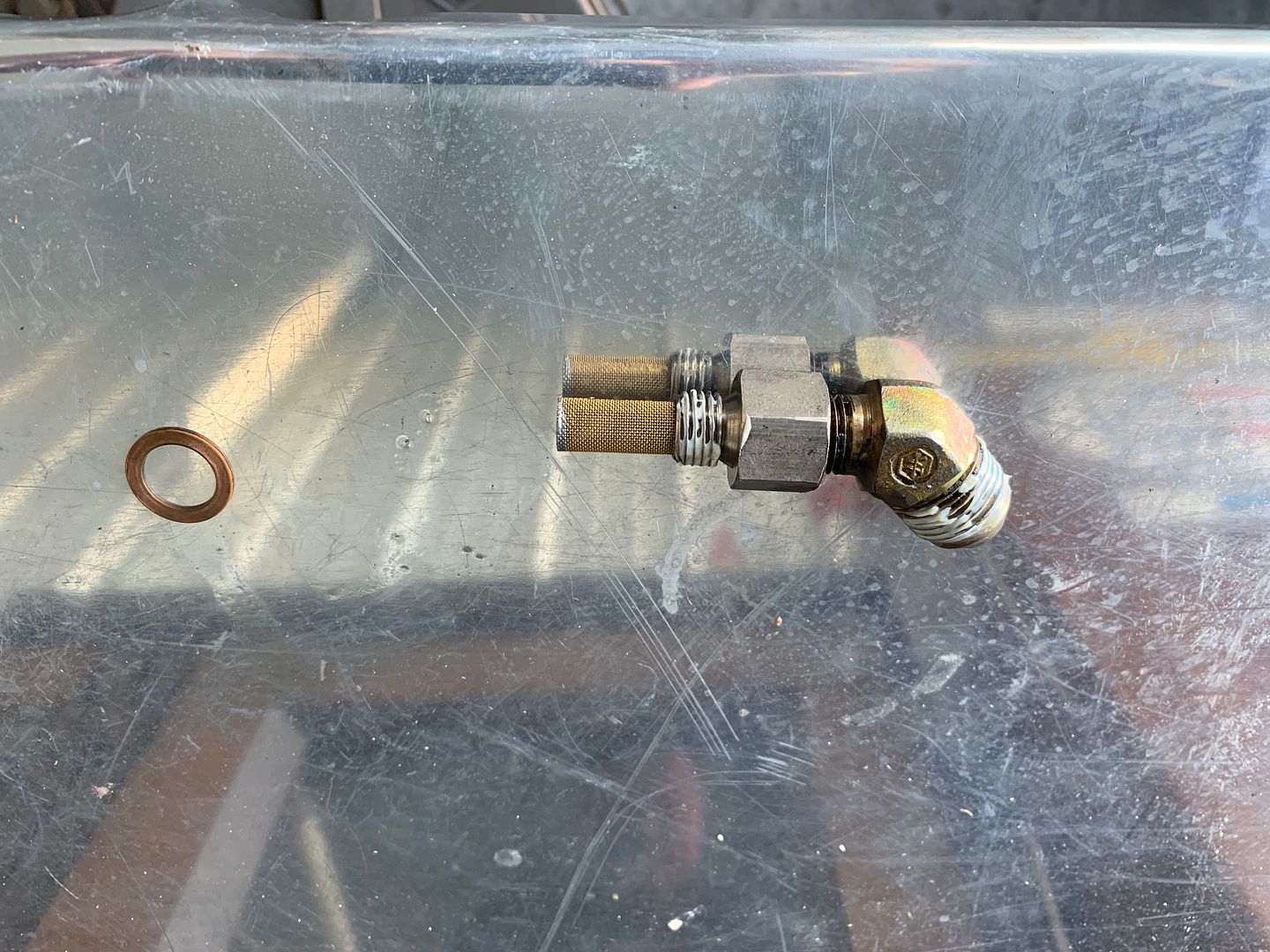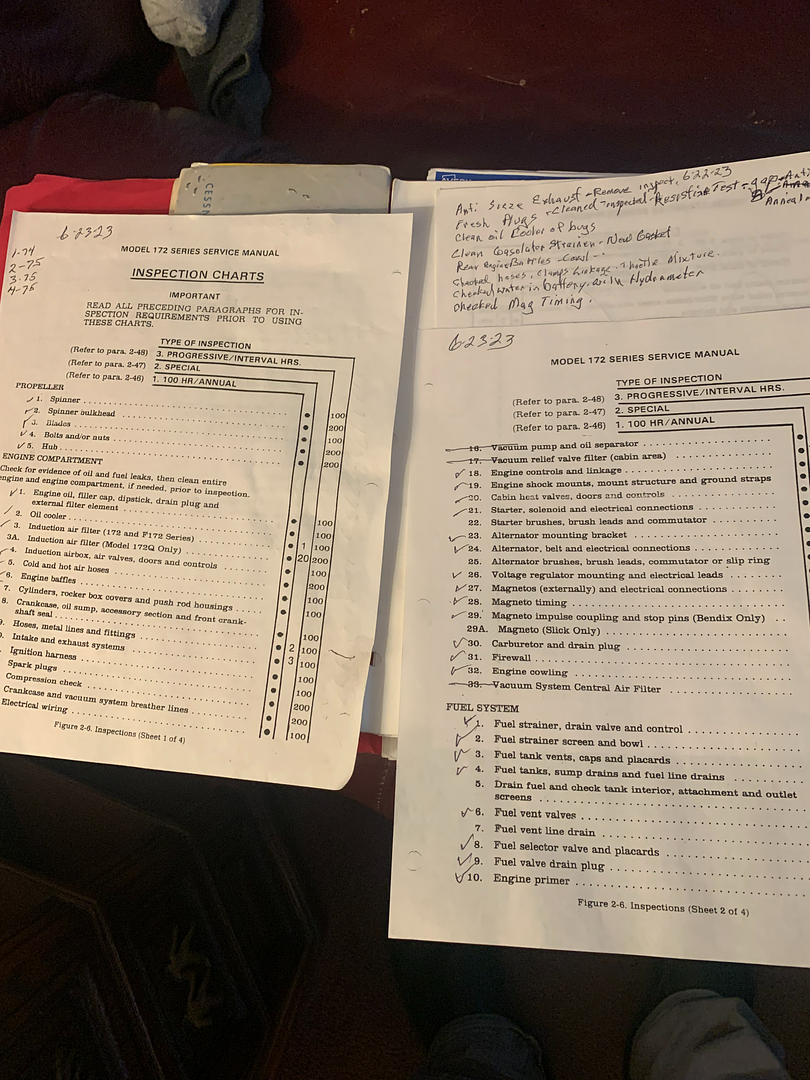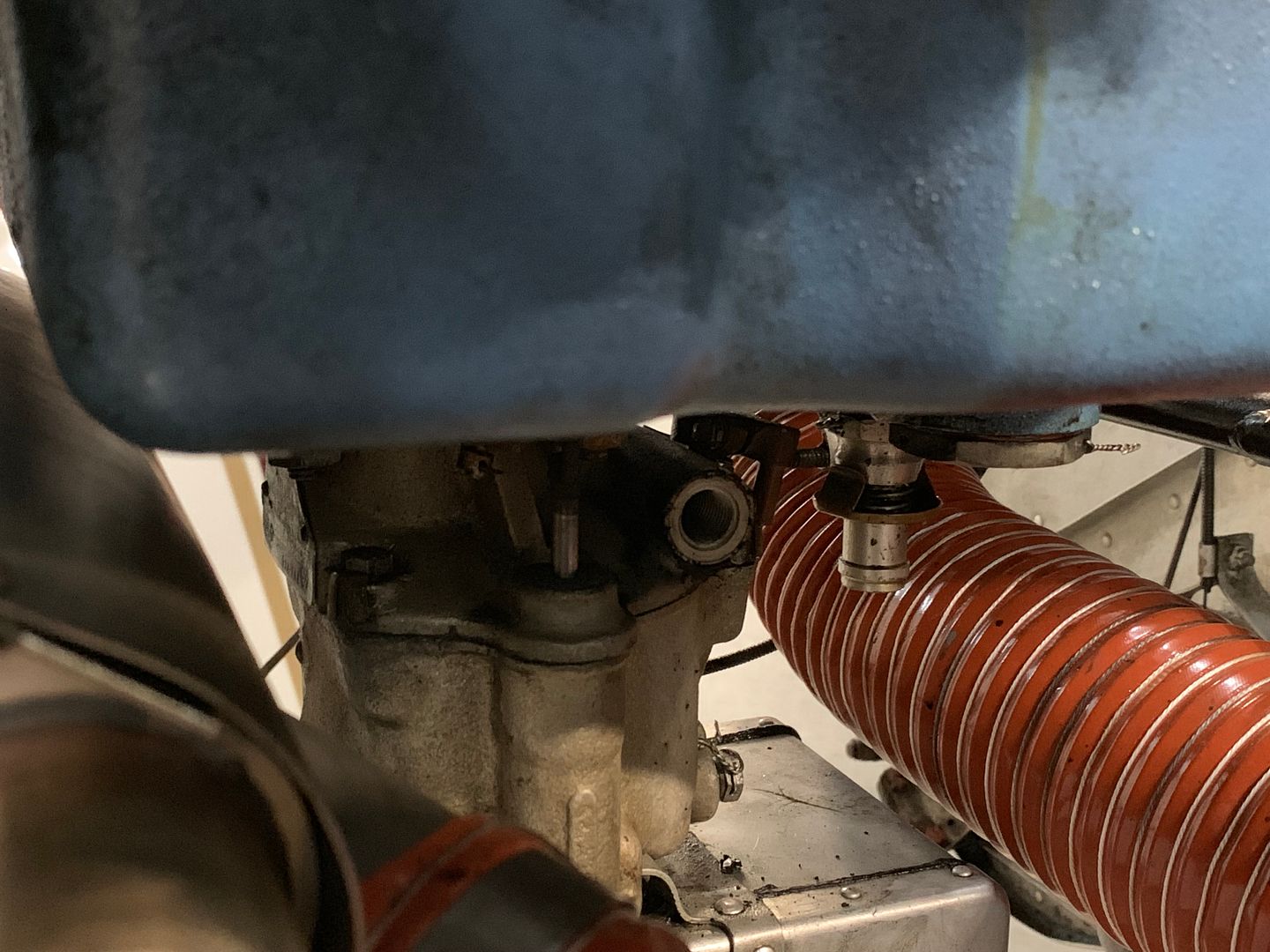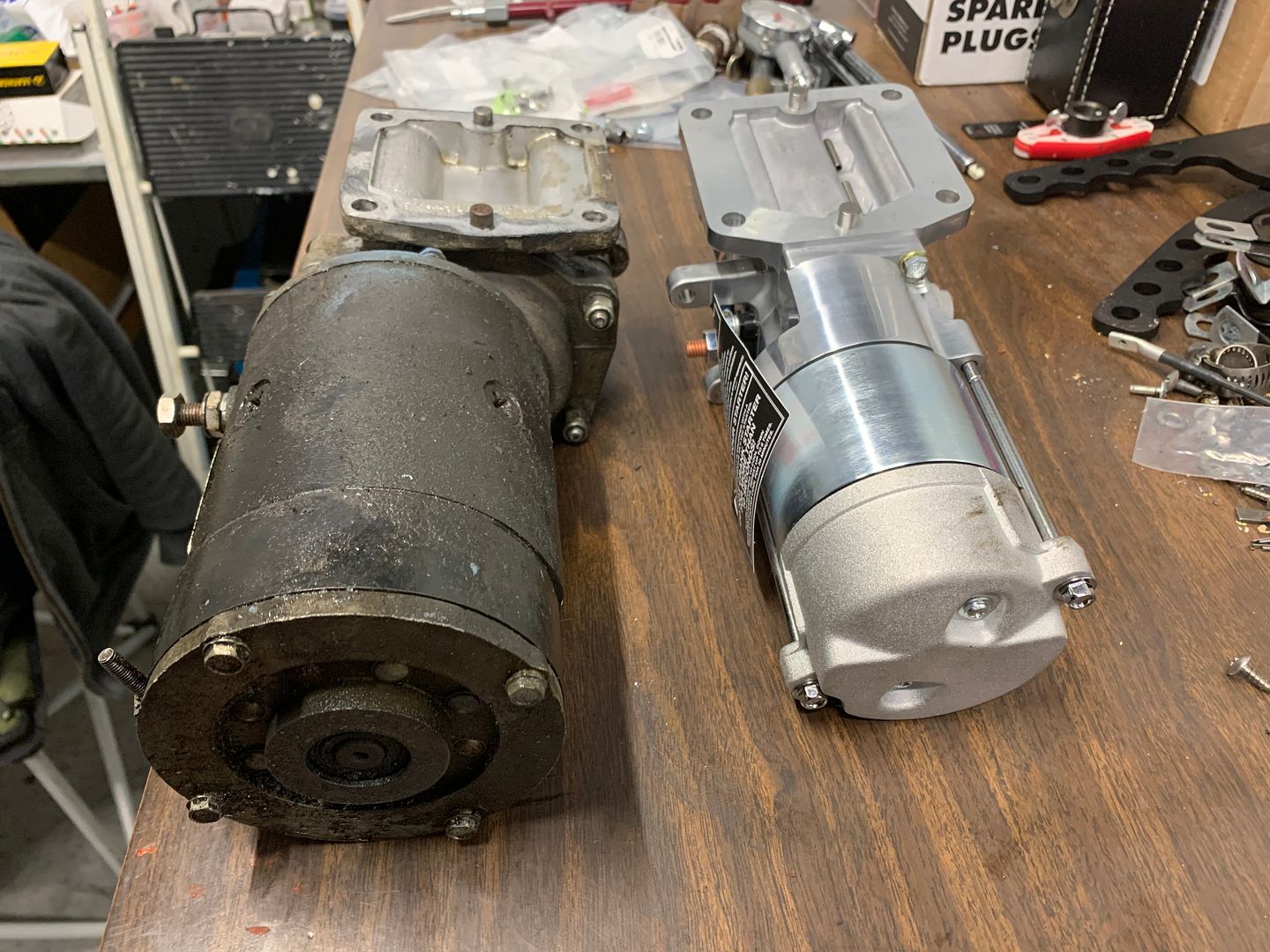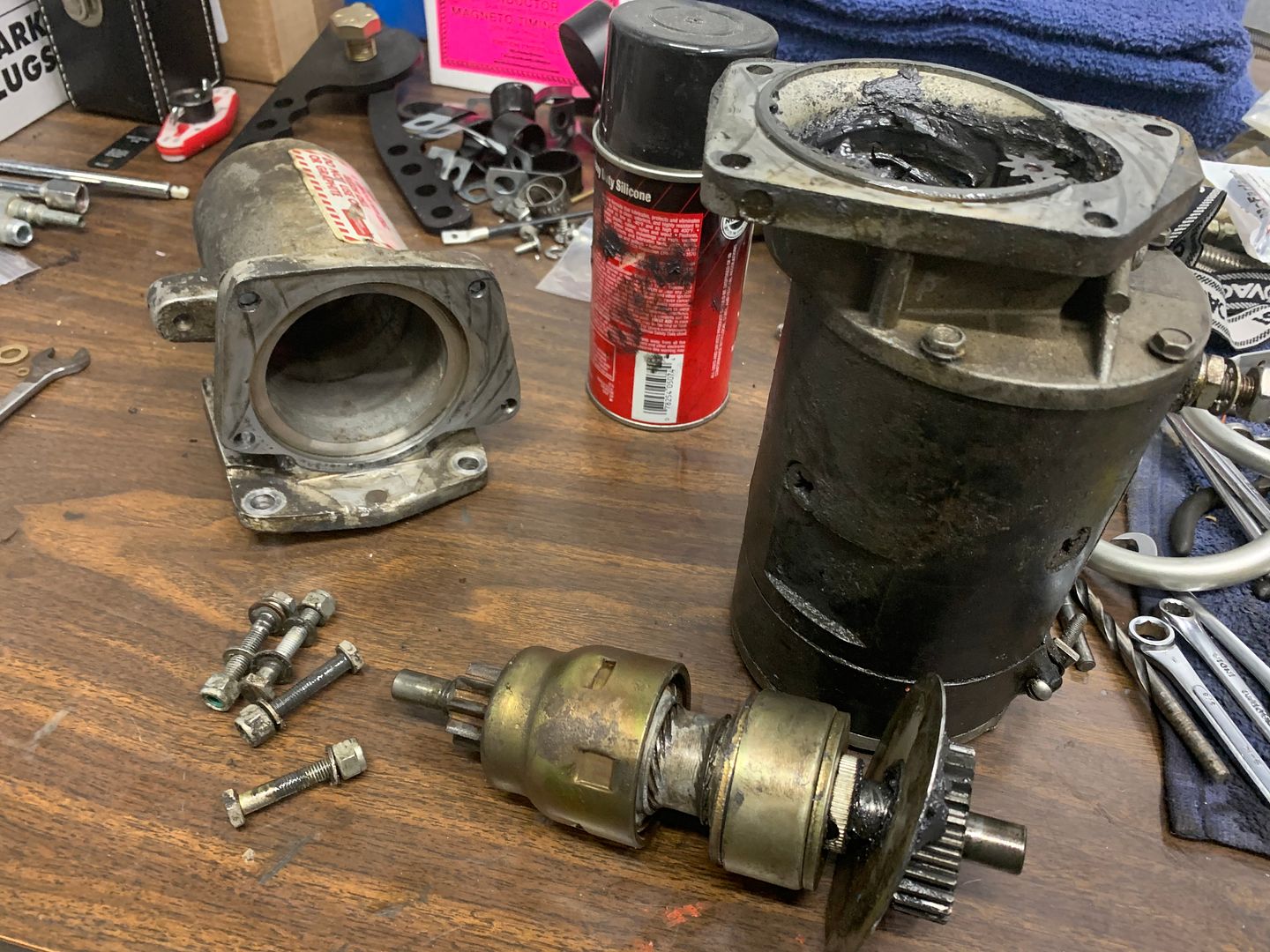My "boat anchor" is working perfectly.

And I don't need the few extra useful load pounds.
Have you yet had a shear pin go on your Skytec?
I installed Skytecs on the flight school's airplanes. All of them. And had no trouble with shearing the pin.
The Skytec uses the same technology that modern car starters use. It's a geared starter that uses a smaller, permanent-magnet motor that gets more torque out of less current. It starts cold engines faster.
That old Prestolite was a good starter in its day. I did run into an issue with a Lamar starter replacing a Prestolite on an O-470; that Lamar would not let the engine's starter drive reverse a little to relax the clutch spring in it, causing some hassles. That was fixed long ago, but I would still use the Skytec.
Sooner or later the commutator on your Prestolite will be shot, and there are no replacement armatures. It happens to all of us, with many components. Old generators, old magnetos, old gyros, old radios, old beacons, old brakes (like Goodyear and B.F. Goodrich), old engines (O-290, GO-300, etc.), wet vacuum pumps. All obsolete and disappearing. Incandescent lights, too.
I just finished fixing up an ancient RCA Victor console radio, built in 1941. 82 years old. I have a big boxful of vacuum tubes, and that box had none of the relevant tubes in it. This stuff is scarce. I replaced several resistors and one or two capacitors in it, robbing them from another old radio. Just try finding capacitors rated for 600 volts anymore! Or one-meg potentiometers. Transistors use low voltage and higher current, and available components reflect that demand.
There are 82-year-old airplanes out there. There are a lot more 60-year-old airplanes, built just before alternators supplanted generators. People trying for authenticity in restoring old airplanes or cars spend a lot of money finding those old components. When I restored my 1951 International pickup, I committed the sacrilege of converting it to 12 volts and used an alternator and 12-volt lighting. Heresy! But affordability and reliability were the criteria here, and you will find the same need with that old Prestolite someday.
